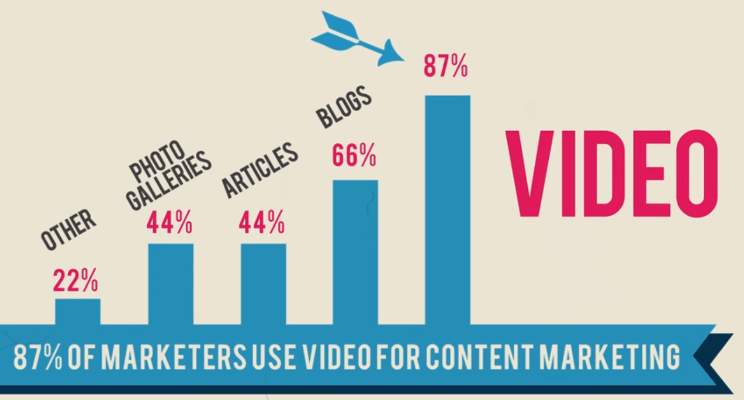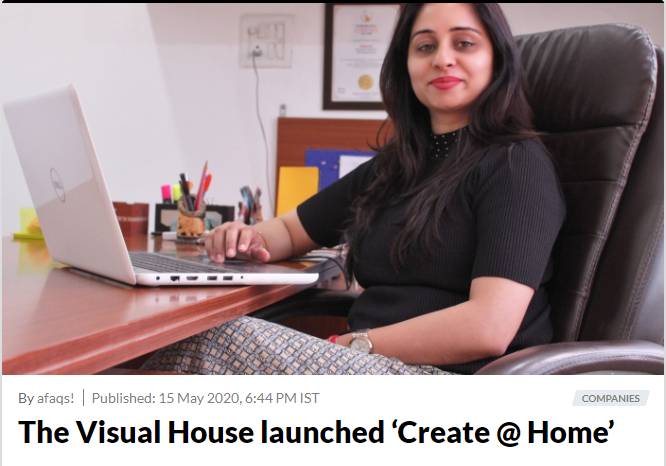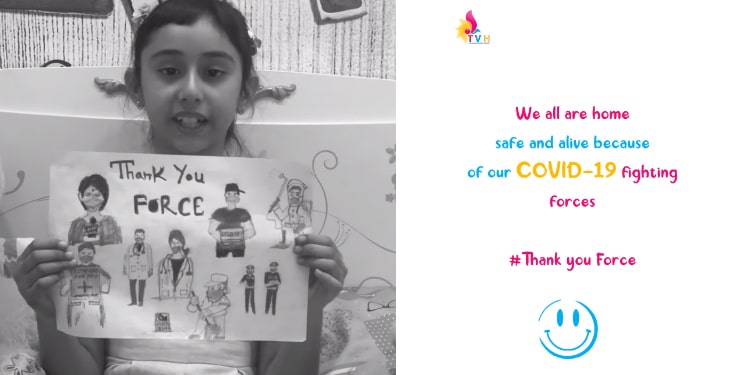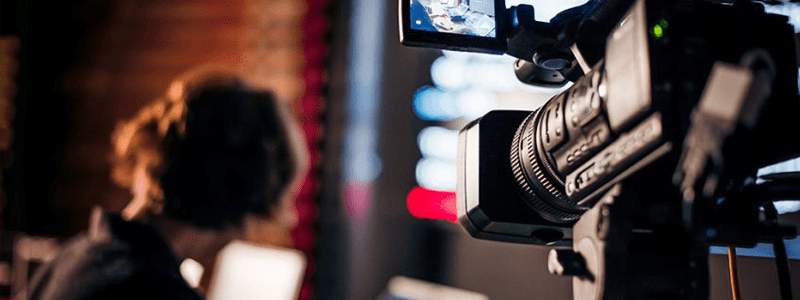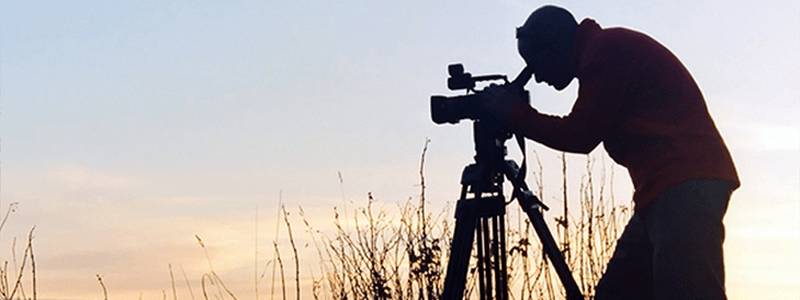What is montage in Film
The term “Montage” is derived from a french word which simply means “assembling” or “putting together.”
Montage Definition- A montage shot can be described as a cinematic technique of editing and putting together a series of still or moving images to make a continuous sequence, convey information and compress time.
In simpler words, a montage is just like a collage of moving or still pictures in a movie. Montage theory is evident in films when you see a bunch of quick scenes or images put together to tell a story, show the passage of time, or create a certain feeling.
For exploring some good montage examples and shots, consider watching hollywood movies including, shaun of the deed, city of god, rocky, creed and edge of tomorrow.
Montage shot is a versatile and powerful tool that filmmakers use as it serves various purposes in filmmaking & storytelling. When used effectively, montage theory contributes to the overall storytelling and can enhance the audience's understanding of the story while maintaining their interest and emotional engagement.
Why a Montage is Important to Film
Let's delve into exploring the common reasons that prompt filmmakers to incorporate the montage film technique into their films :-
-
Showing Progression Quickly
Montage shot is often used to show a series of events and actions in a condensed form and to convey a significant
amount of information more efficiently than traditional storytelling methods.
This is particularly useful for scenes where the filmmaker is supposed to cover significant periods without having to depict every single moment. Example- showing character development, training sequences, the progression of relationship or other short clips arranged in a fast sequence to give you a sense of events, emotions and changes.
-
Showcasing Character Development
Filmmakers use montage theory to showcase character development by efficiently depicting a character’s growth, journey, evolution, transformations, learnings & experiences.
By combining a series of condensed shots, montages capture pivotal moments and the true essence of the character’s journey, offering a visual story of the character’s journey in the audience's mind. Montage film technique is a concise storytelling process that enables filmmakers to show significant developments, major transformations, shaping the audience's understanding of the character's personality and evolution.
-
Evoking Emotional Responses
Montages, when combined with appropriate sound effects and enthralling music, can evoke specific emotions in the audience. Filmmakers strategically select and arrange shots to create a powerful emotional impact that enhances the audience’s connection with the story.
For example- In Sushant Rajput’s movie "Chhichhore," there's a scene where a montage shows the close friendship between college buddies. It uses a heart touching song with scenes of laughter, shared experiences, and challenges to make the audience feel nostalgic and emotional, connecting them to the characters. That well-edited sequence makes the movie's message about friendship even more powerful, touching the hearts of the audience.
-
Introducing Multiple storylines
Montage film technique is instrumental in introducing multiple storylines by seamlessly intercutting between different narrative threads. This visual technique efficiently establishes parallel plots, offering a snapshot of various characters or events, providing context, and setting the stage for the interconnected development of multiple story arcs within a film.
-
Conveying Backstory
Montages are effective for conveying backstory or contextual information. They provide essential background details by presenting a series of events and visuals from the past without resorting to lengthy exposition.
-
Maintaining Visual styles and aesthetics
Filmmakers often use montages to maintain a consistent theme or aesthetics and to showcase their visual style and creativity. By combining carefully curated shots with enthralling music, they create visually appealing and memorable sequences.
Read Also: What to Look for in a Professional Video Production Company
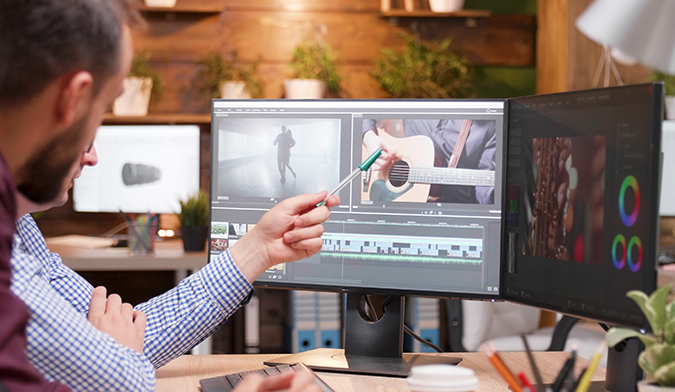
What are the Different Types of Montage Editing?
Metric Montage
Metric montage places a primary focus on the visual and auditory rhythm of shots, aligning their pacing and duration with the beat of a chosen music track. By adhering to a specific frame count, regardless of on-screen action, metric montages establish a visual pace, energy, momentum, or tension. While considered the most basic form of montage, its simplicity provides a foundation for creating impactful visual and auditory experiences in filmmaking.
Tonal montage
Tonal montage takes a different approach, placing emphasis on the mood or atmosphere of a scene. Through the careful arrangement of clips, tonal montages use visual metaphors, symbolism, or other techniques to evoke specific emotions. Unlike rhythmic montages, tonal counterparts draw on the emotional impact derived from placing two particular images or clips together, independent of tempo or music. This technique proves powerful in setting the emotional tone for a scene, establishing contrasts, or creating a nuanced atmosphere throughout a film.
Intellectual montage
Intellectual montage emerges as a tool for conveying complex ideas or arguments through juxtaposed clips. In this technique, shots are edited together to establish logical or conceptual connections, often incorporating visual metaphors or symbols. Filmmakers deploy intellectual montages to explore philosophical or political themes, analyse historical events, or persuasively present a particular viewpoint. It requires a thoughtful approach to effectively communicate intricate concepts to the audience.
Overtonal montage
The overtonal montage integrates elements from intellectual, metric, rhythmic, and tonal montages to forge thematic or symbolic connections between different facets of a story. This technique demands a high degree of skill and creativity, requiring a deep understanding of a film's underlying themes and motifs. When executed effectively, an over tonal montage enhances immersion, adds depth to storytelling, and fosters a thought-provoking viewing experience by unifying disparate scenes or plot threads.
Bottom line:
A good montage should have a clear narrative purpose, with visuals that effectively convey a story or message. Strong visual storytelling, including well-chosen and edited images, is crucial. Equal importance should be given to music selection along with visuals as music plays a significant role, enhancing the emotional impact and working harmoniously with visuals.
By understanding and incorporating the different types of montage, filmmakers can employ a range of techniques to create engaging, emotionally resonant, and intellectually stimulating narratives in their film and video projects. Each method brings a unique flavour to storytelling, allowing for creative expression and effective communication with the audience.


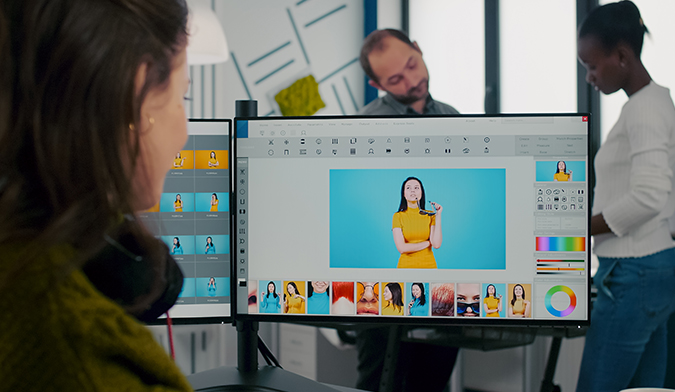
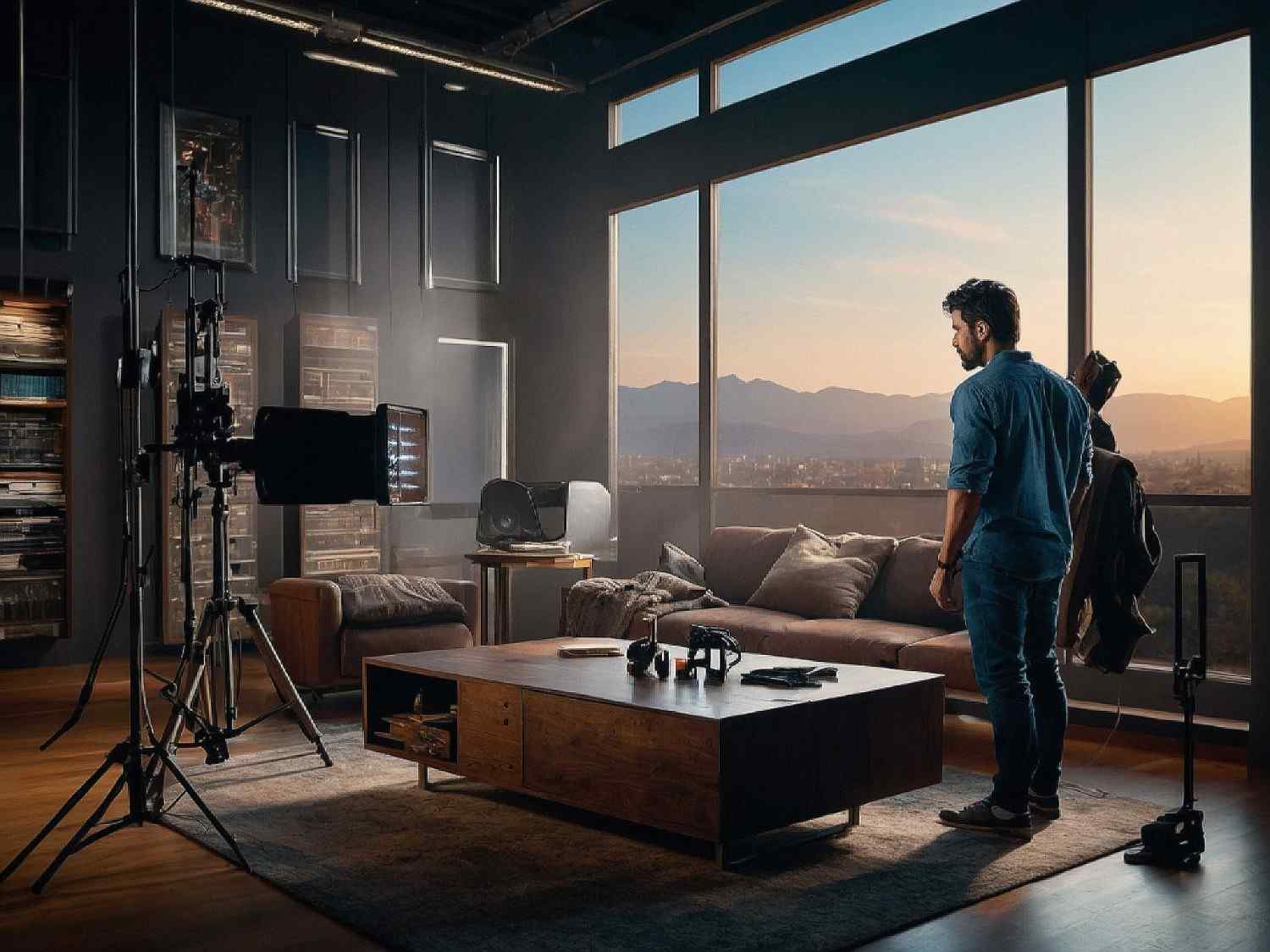
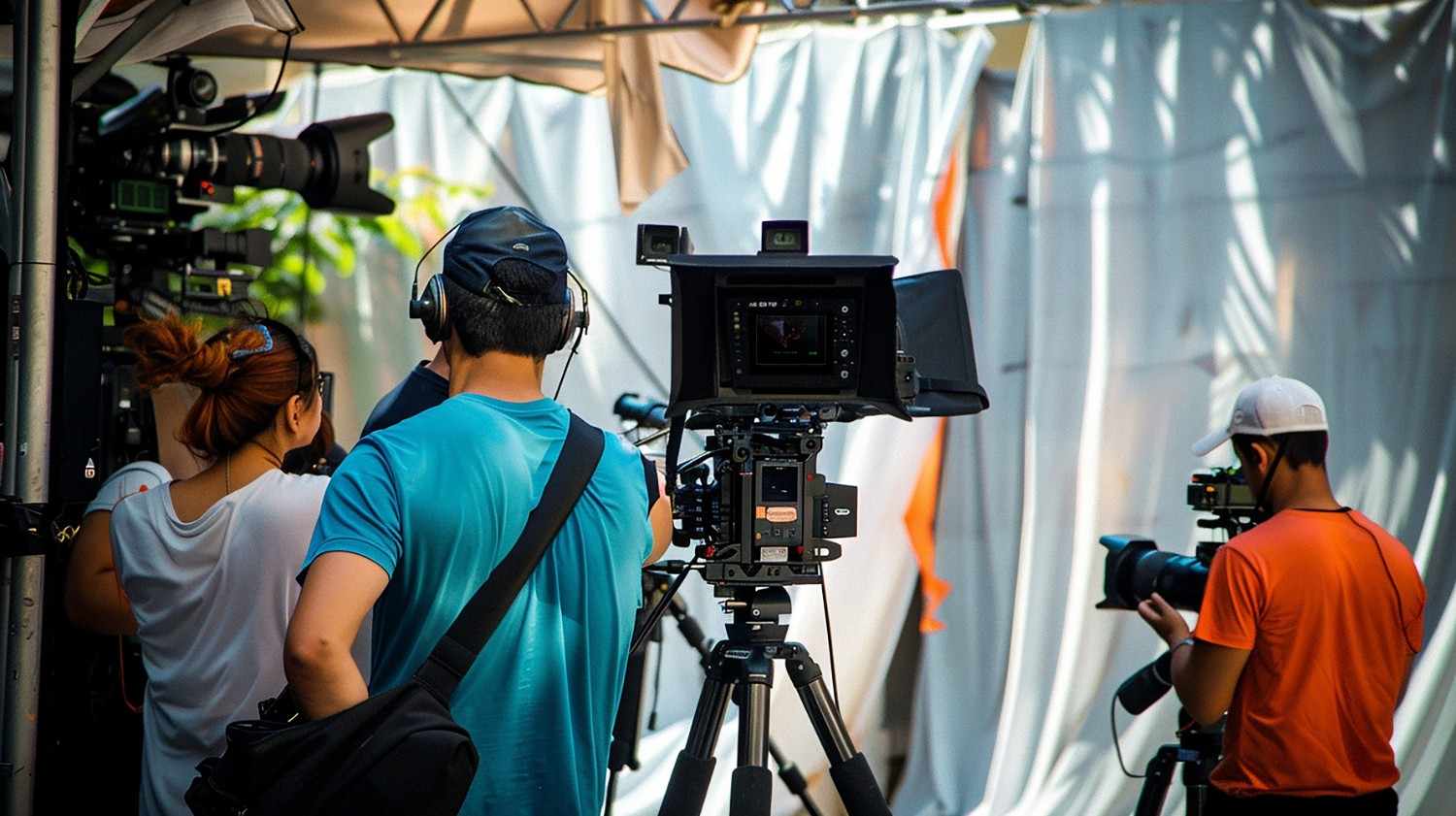

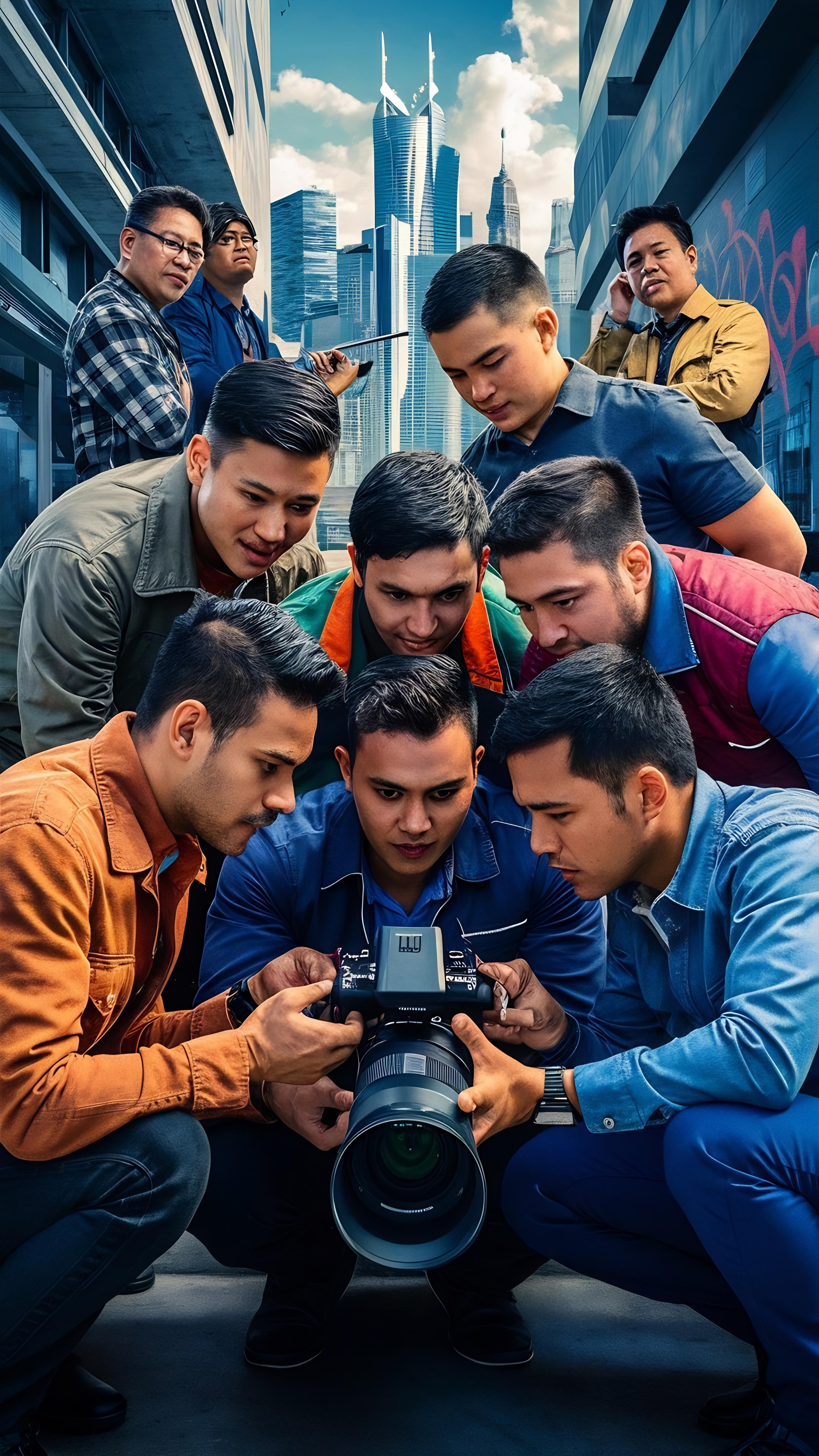
.jpg)




.png)


.jpg)
.jpg)
.jpg)
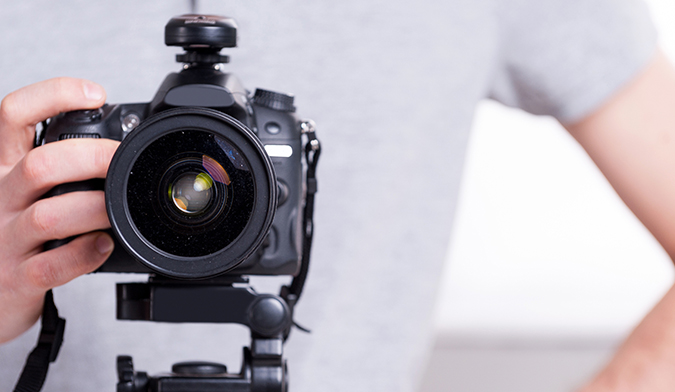
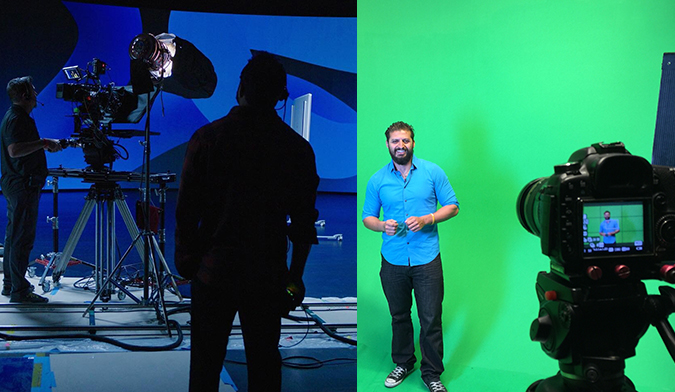


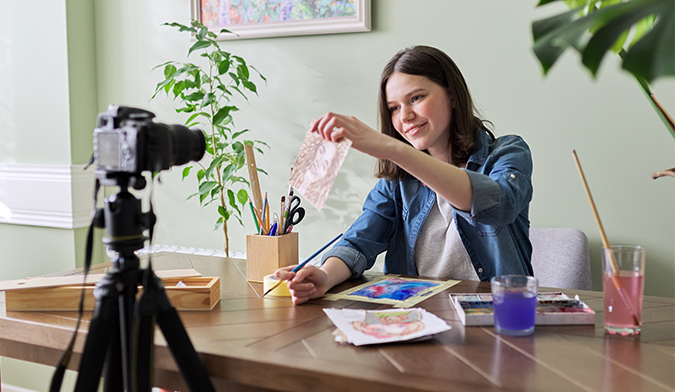
.jpg)

.jpg)

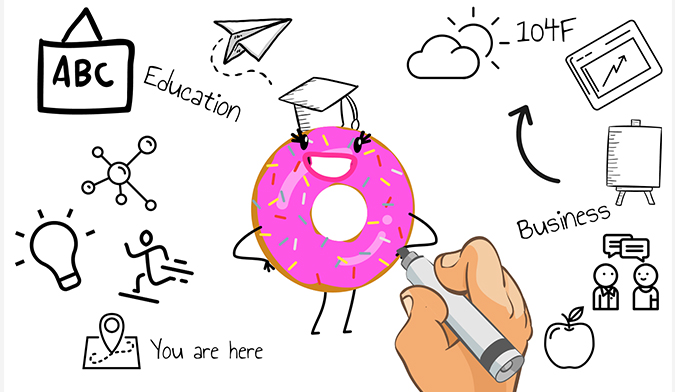
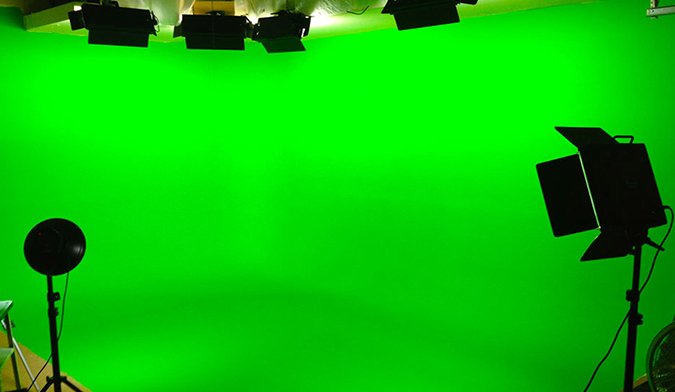
.jpg)

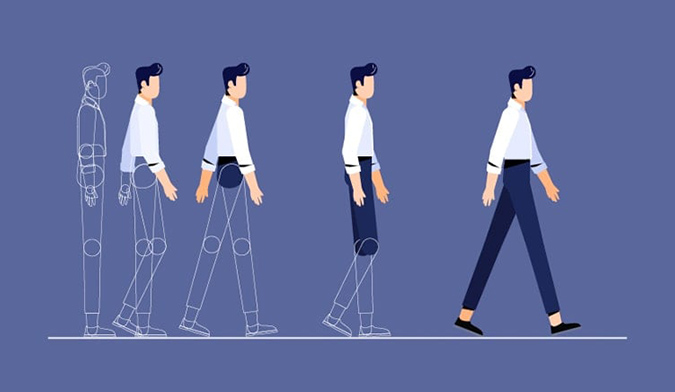


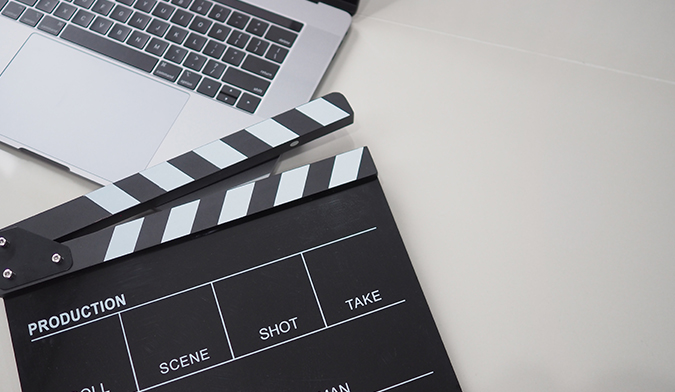
.jpg)
.jpg)
.jpg)
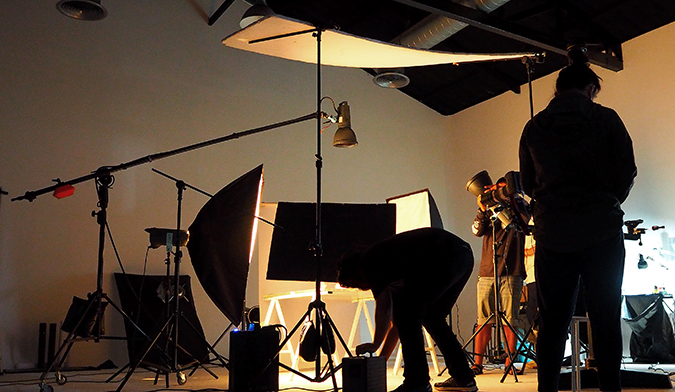
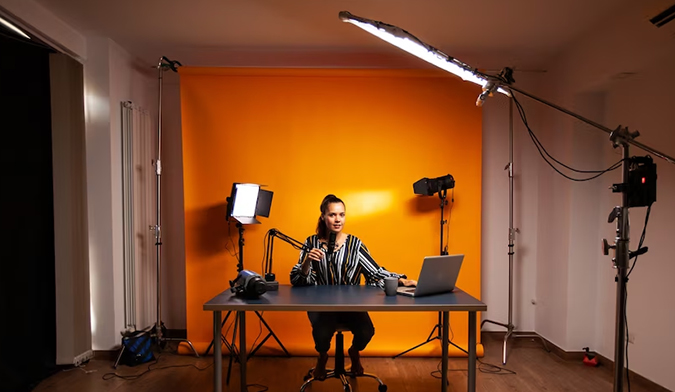
.jpg)

.jpg)
.jpg)

.jpg)
.jpg)
.jpg)
.jpg)
.jpg)
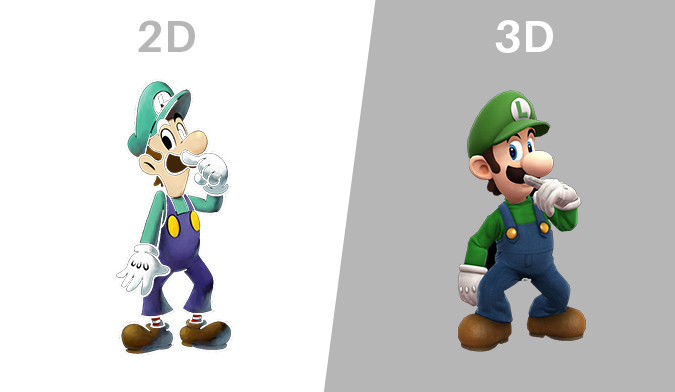
.jpg)
.jpg)
.jpg)


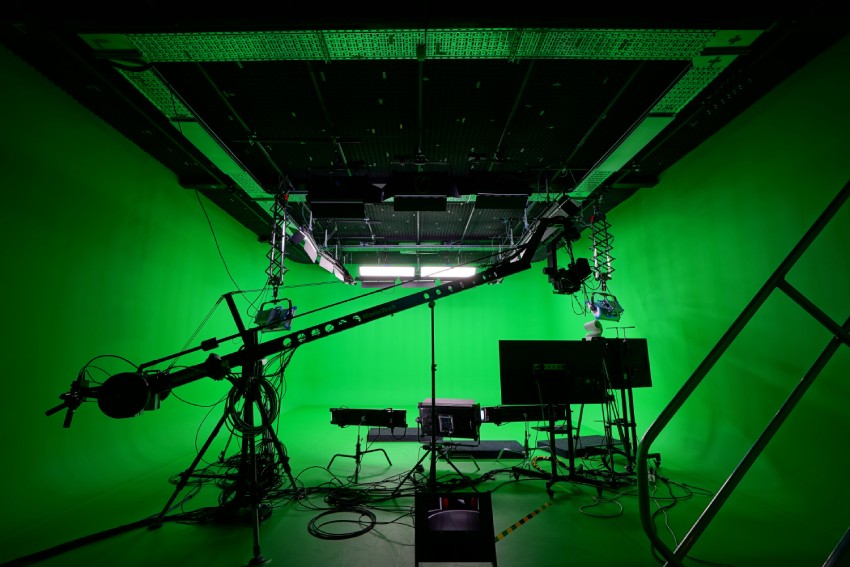
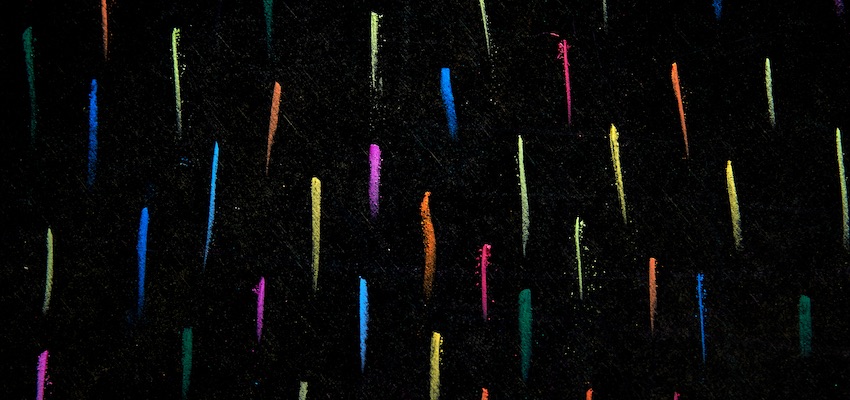








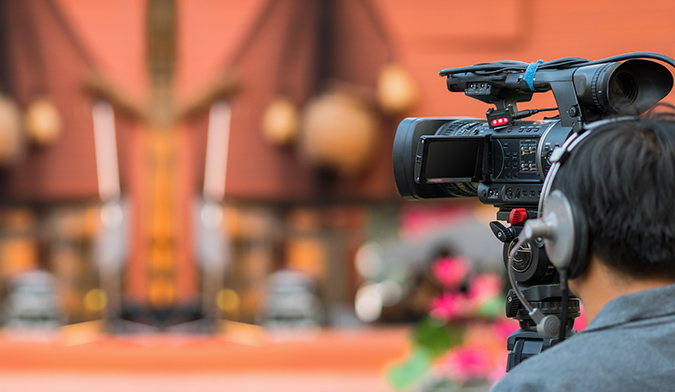

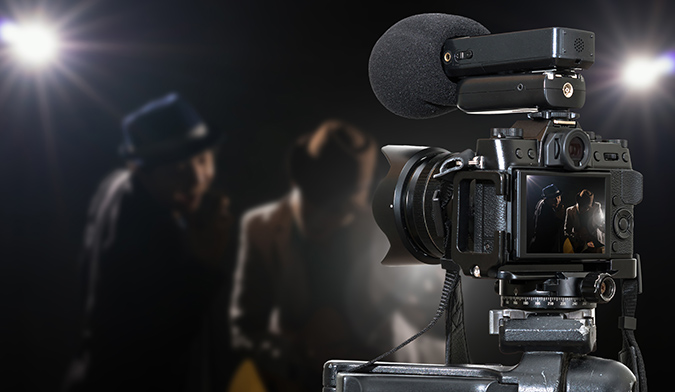
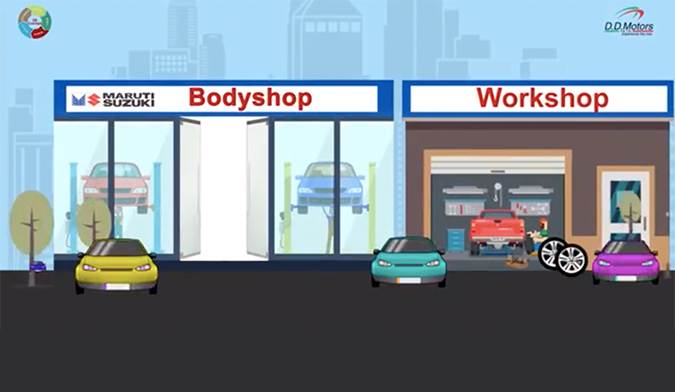
.jpg)
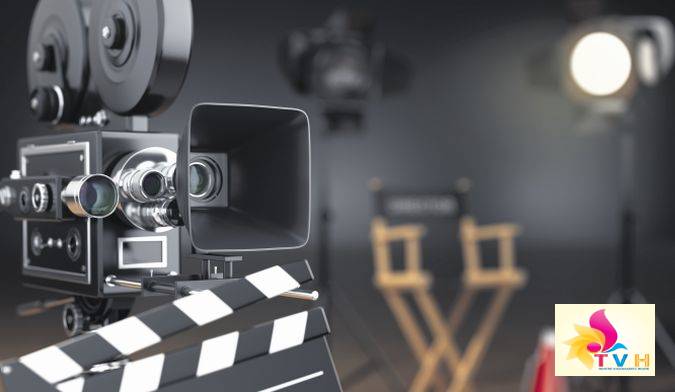


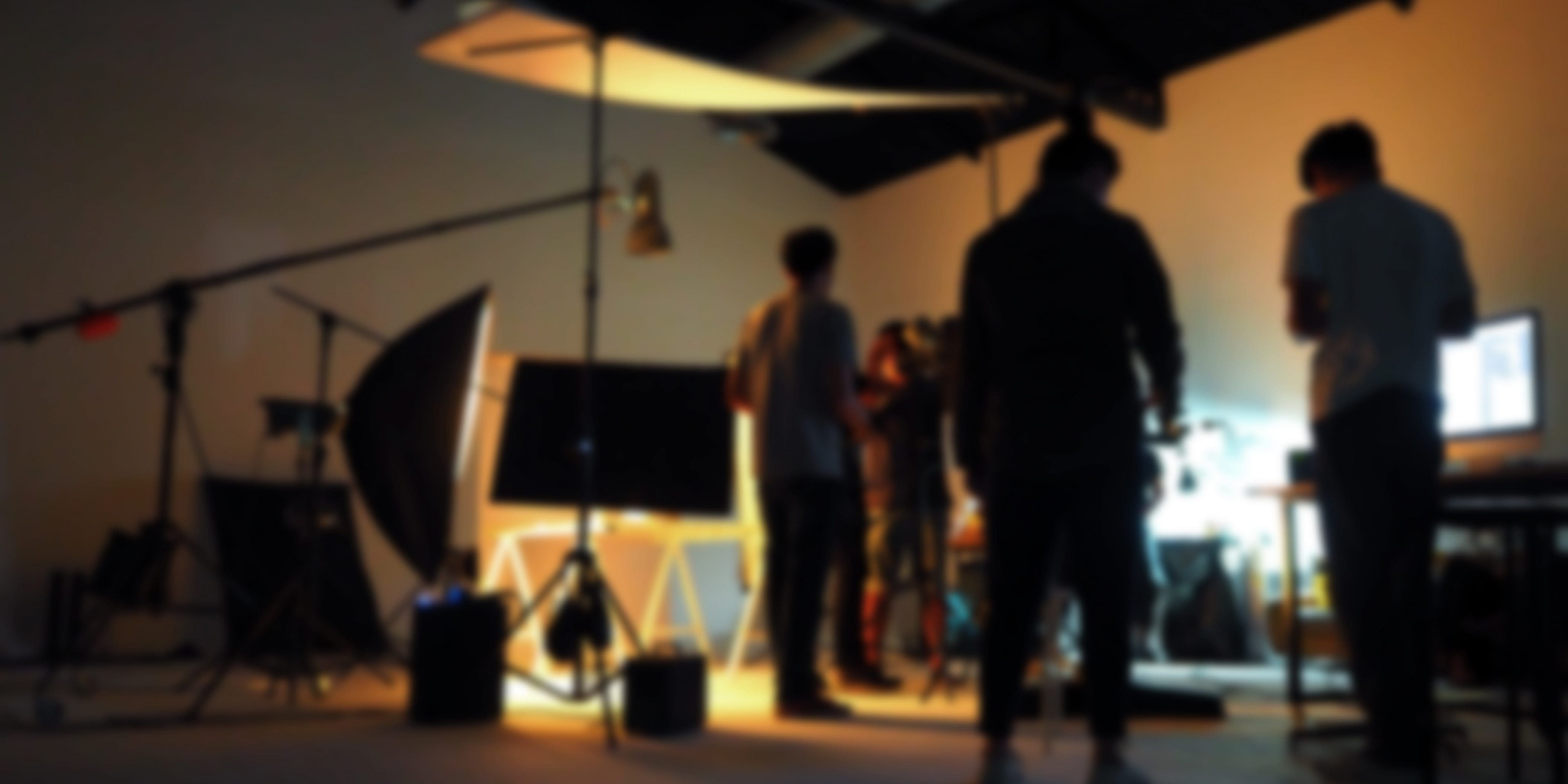
.jpg)
.jpg)
.jpg)
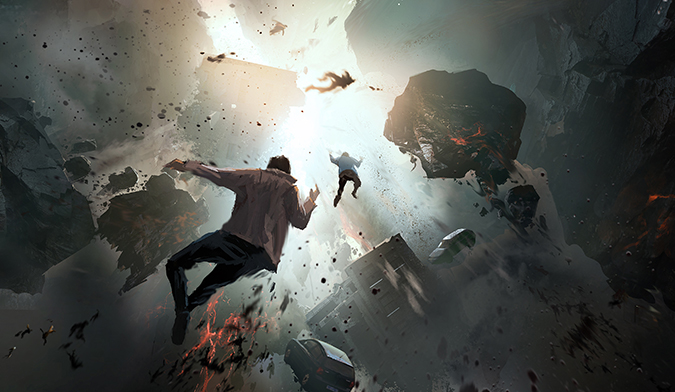
.jpg)
.jpg)
.jpg)
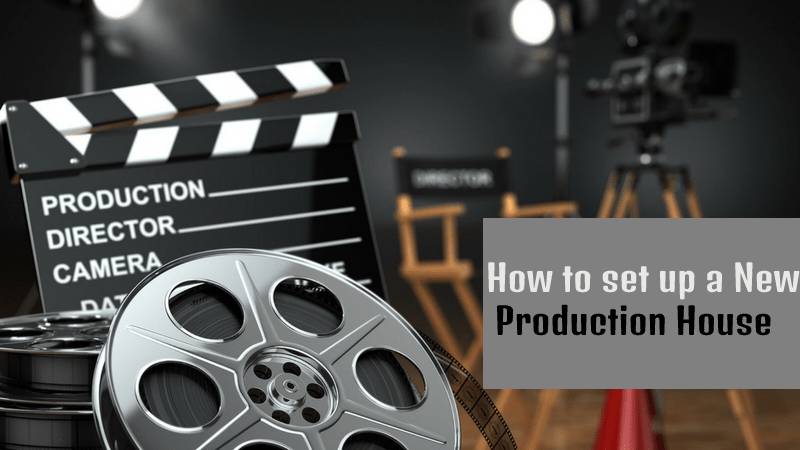

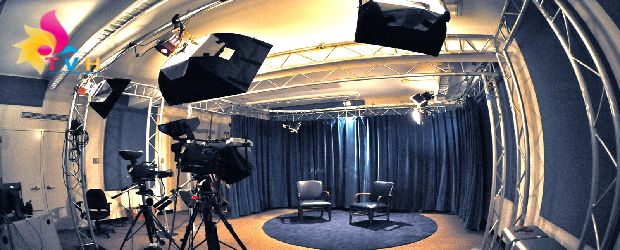

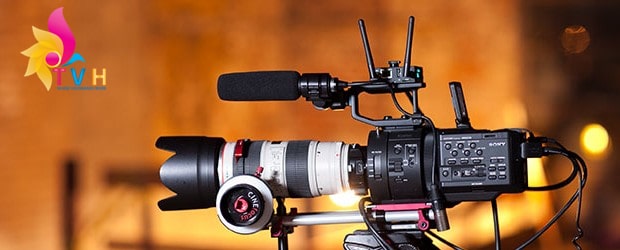
.jpg)
.jpg)
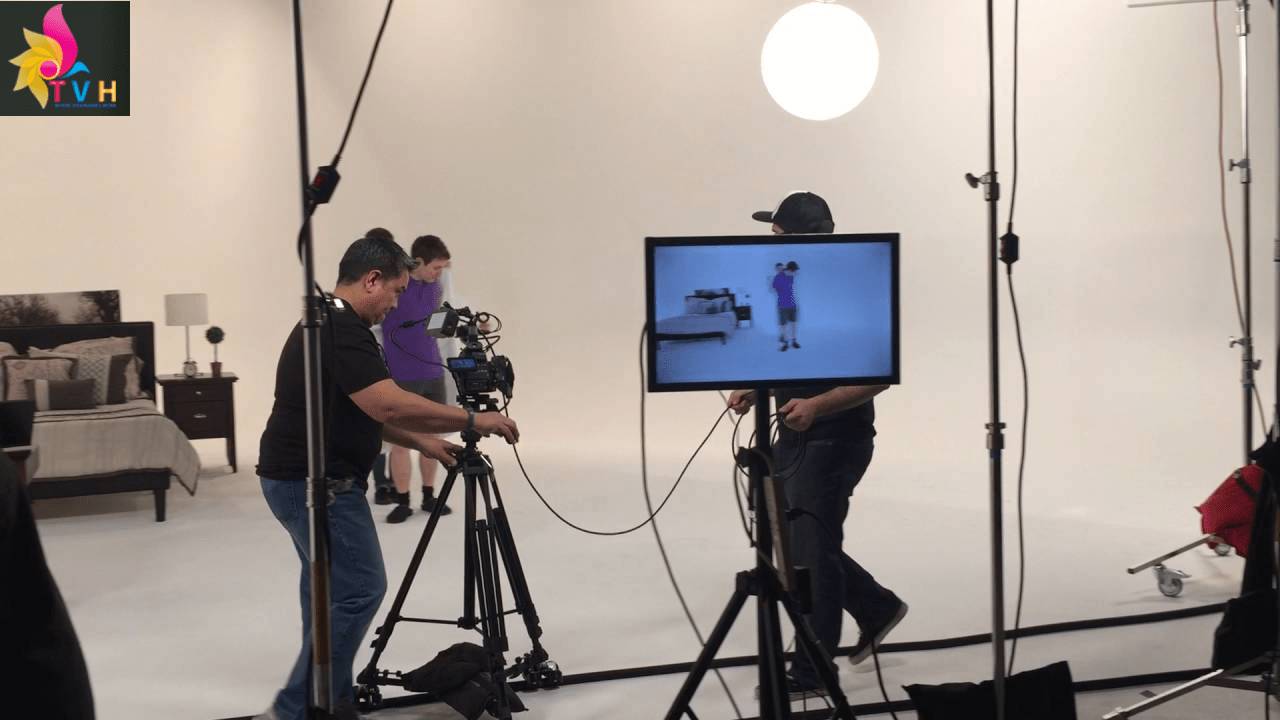
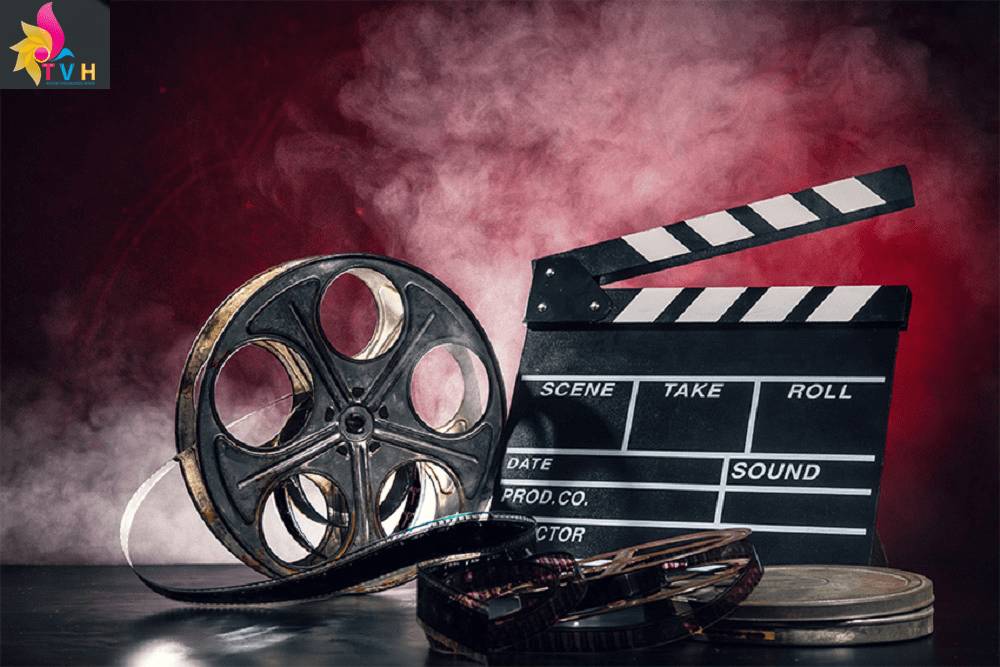


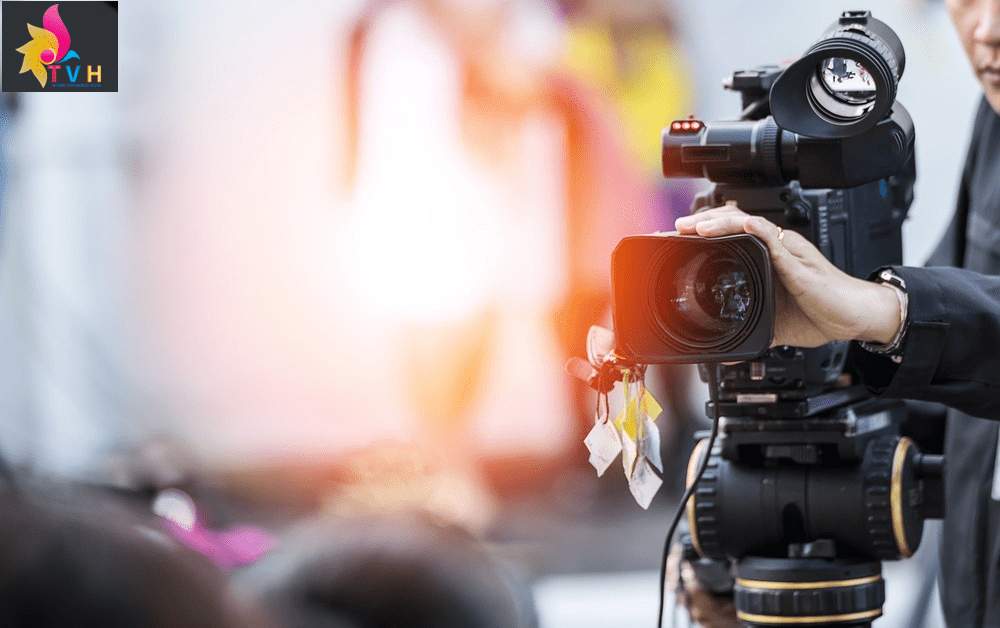
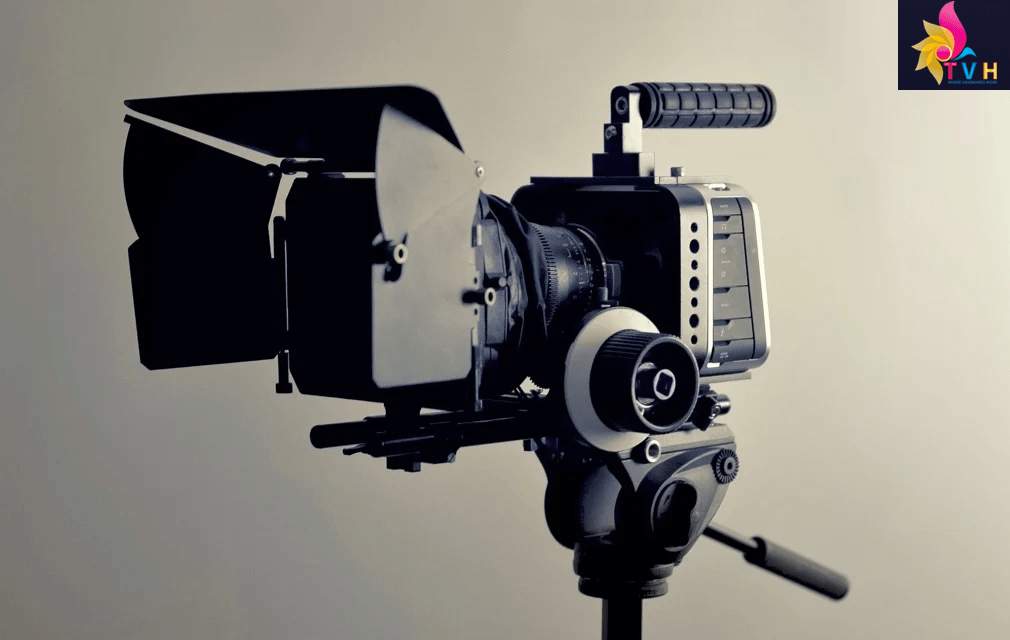

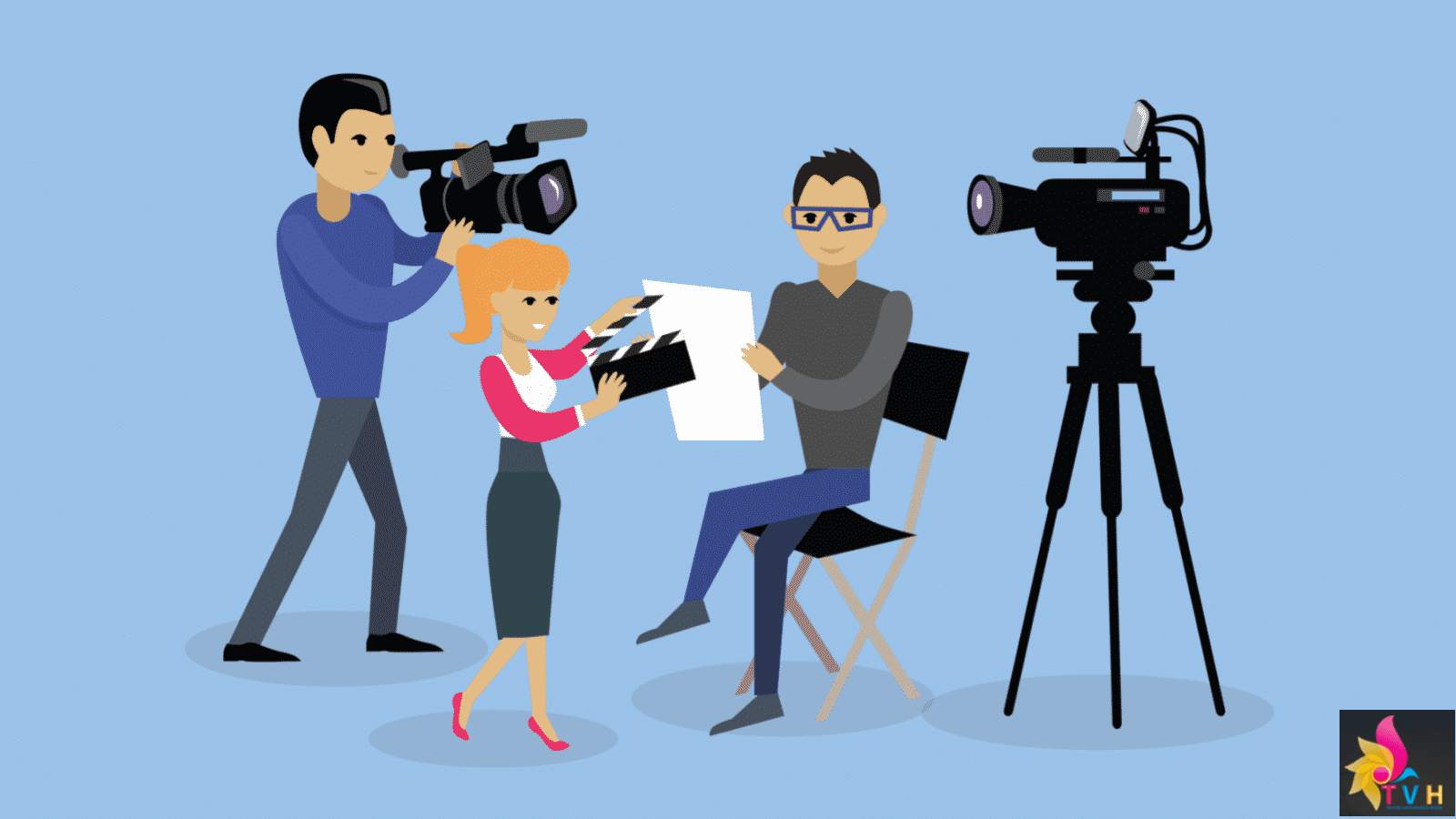
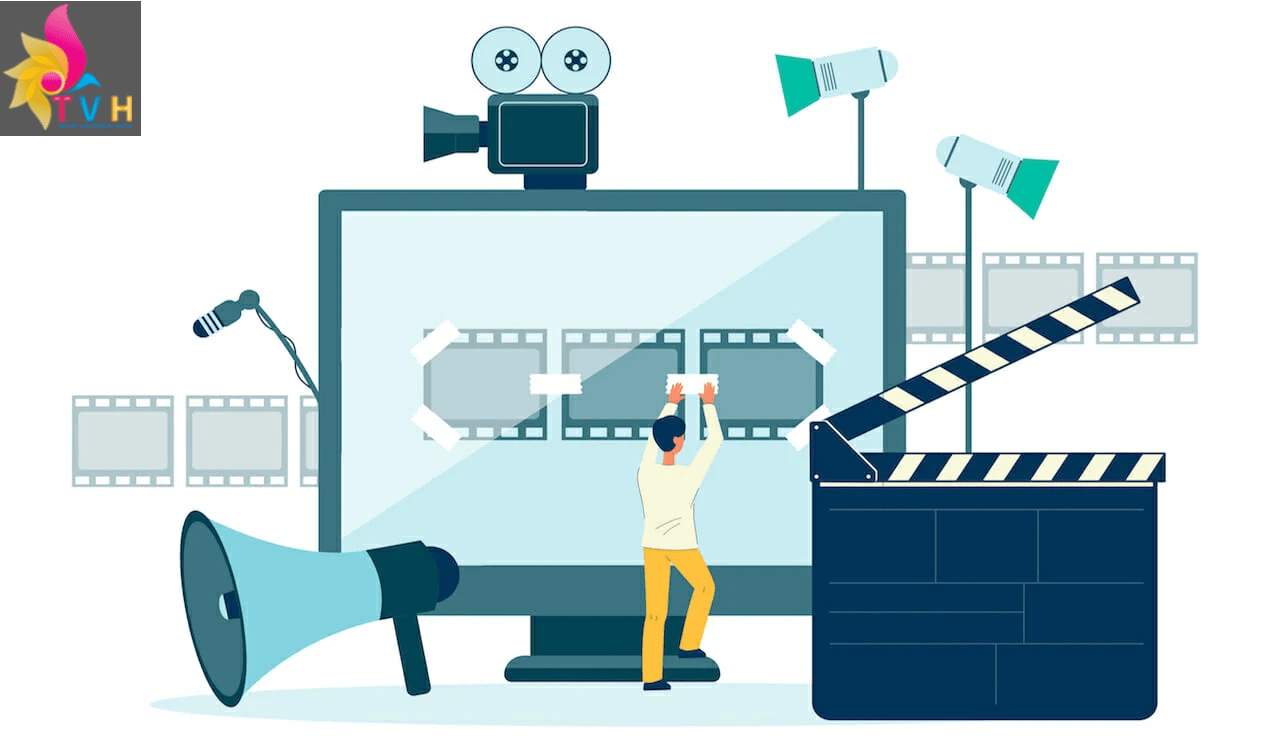

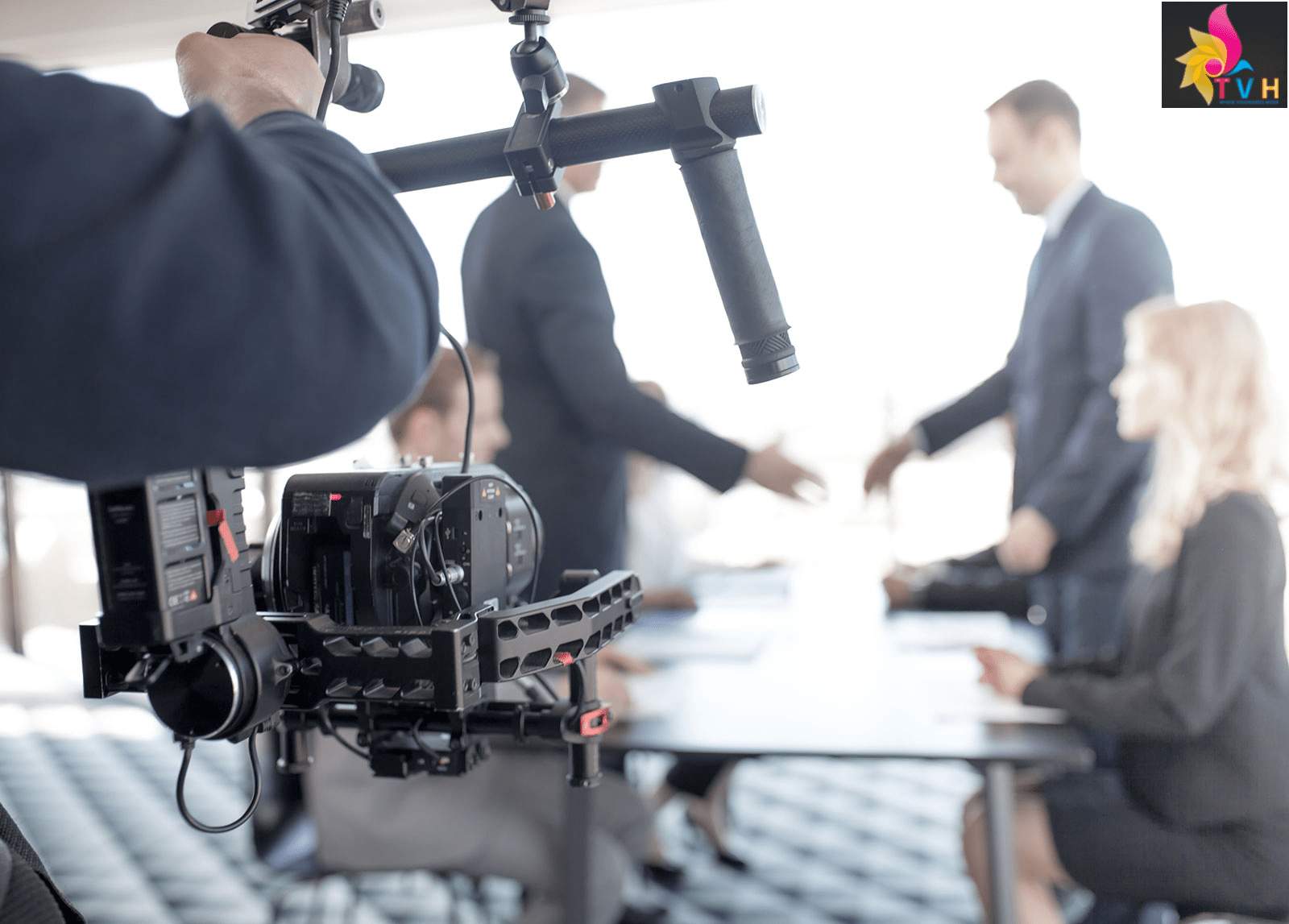
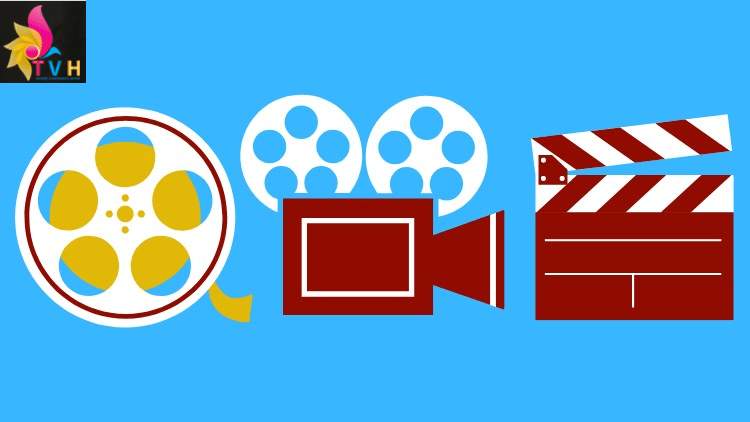

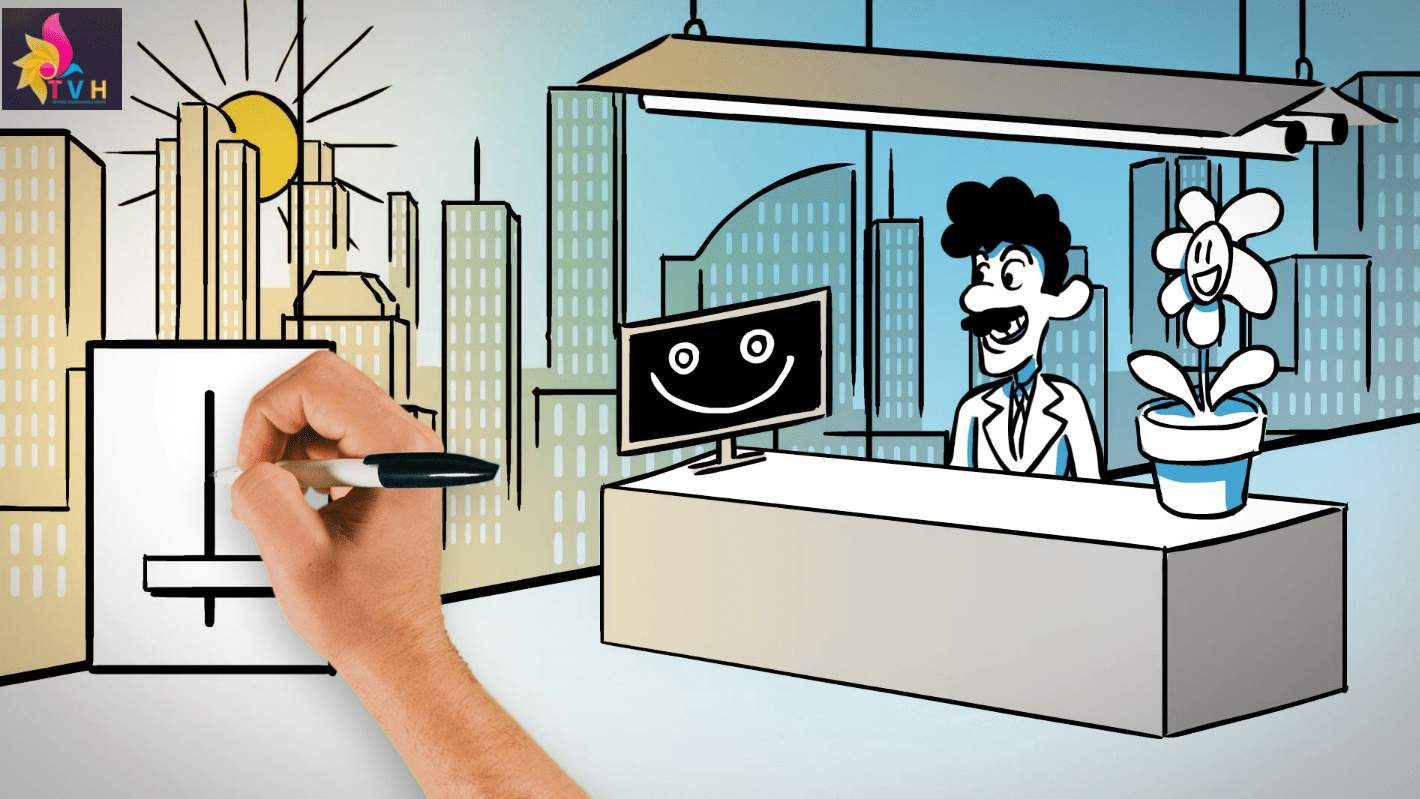
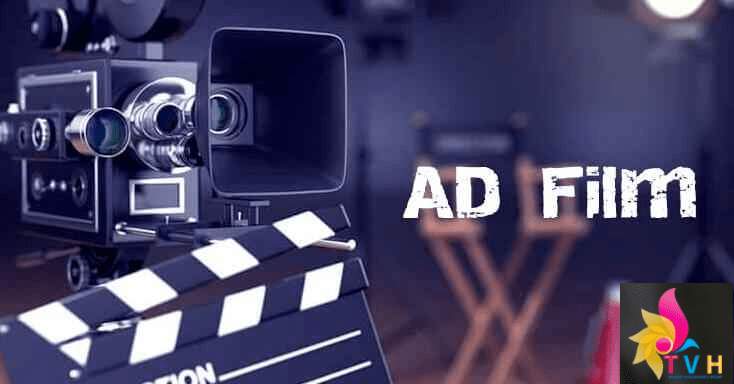

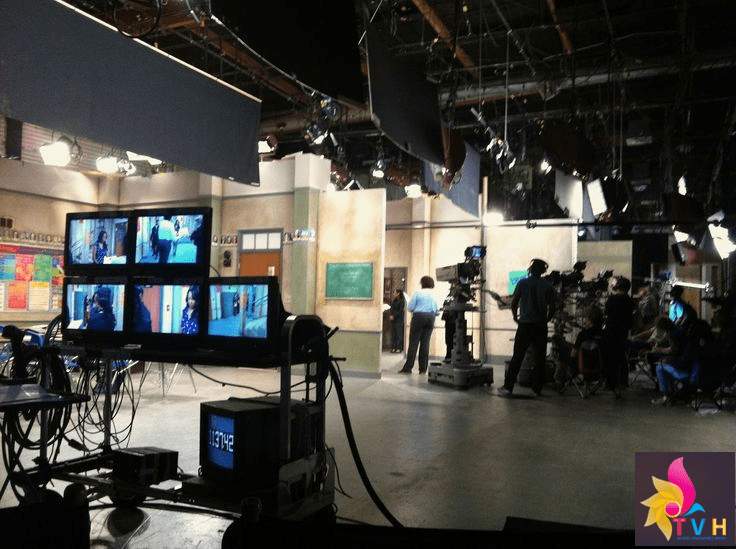
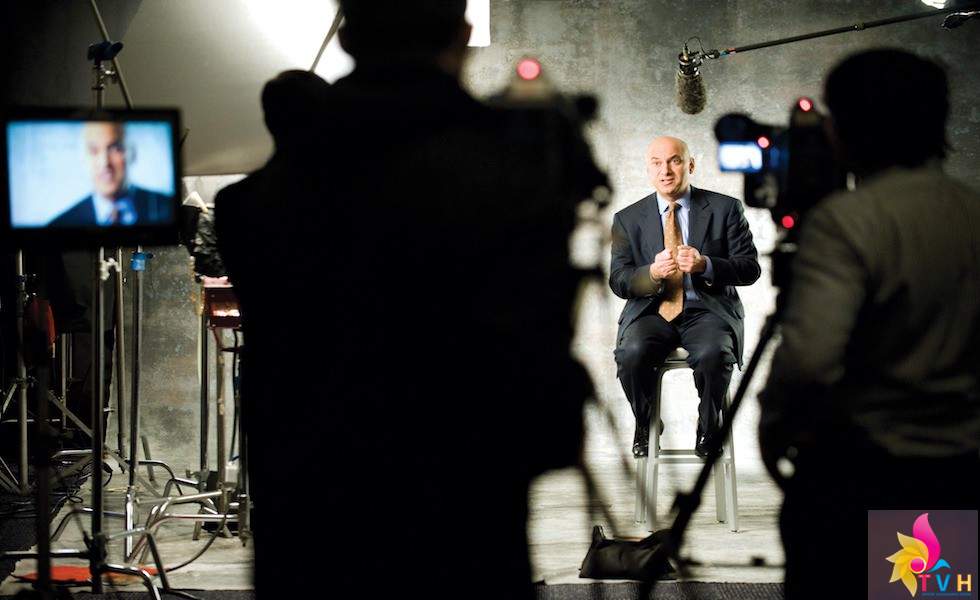

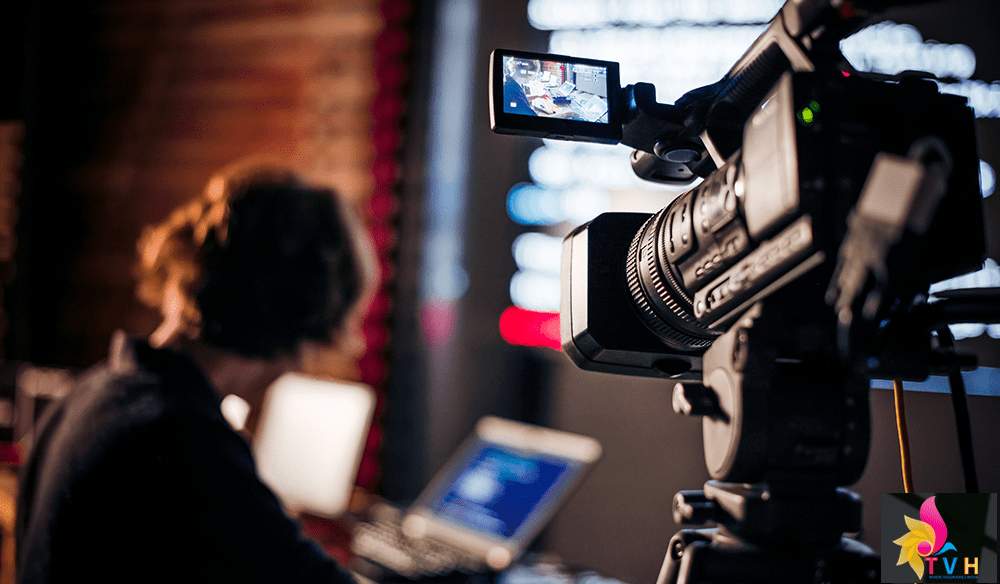
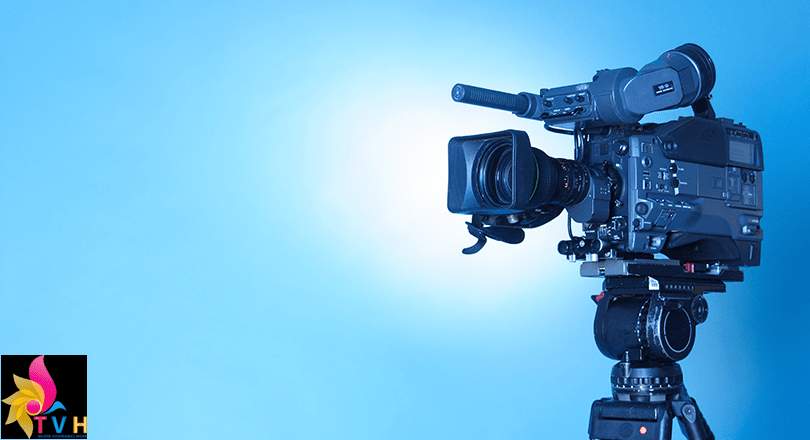
.jpg)
.jpg)
.jpg)

.jpg)
.jpg)
.jpg)
.jpg)
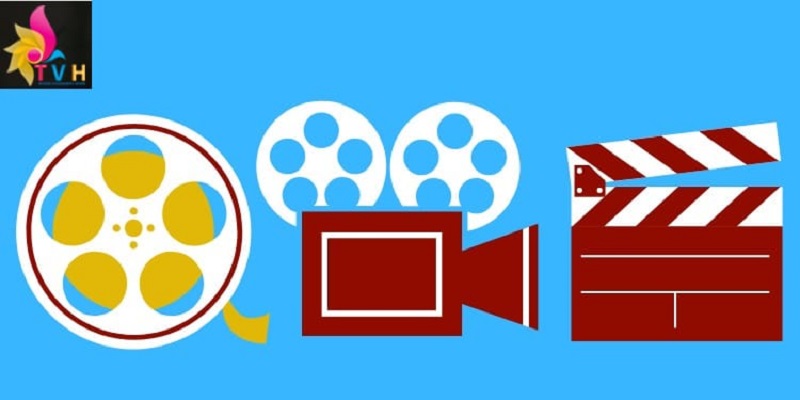
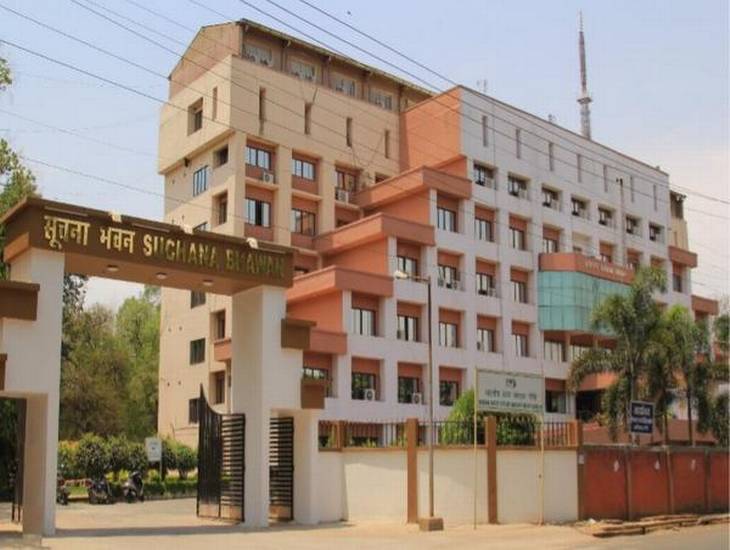

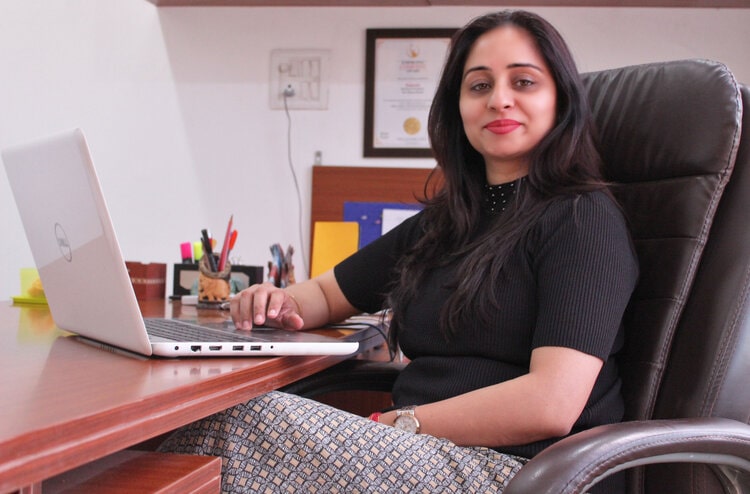
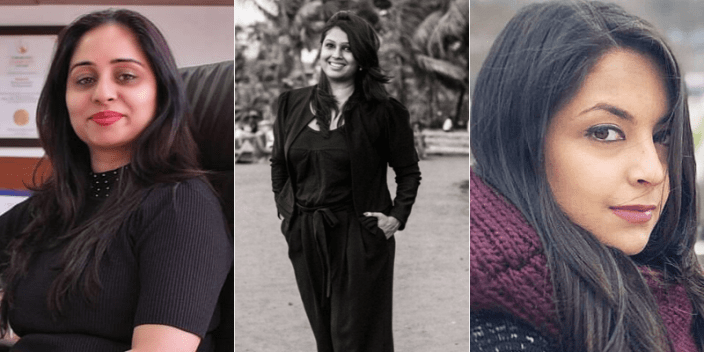
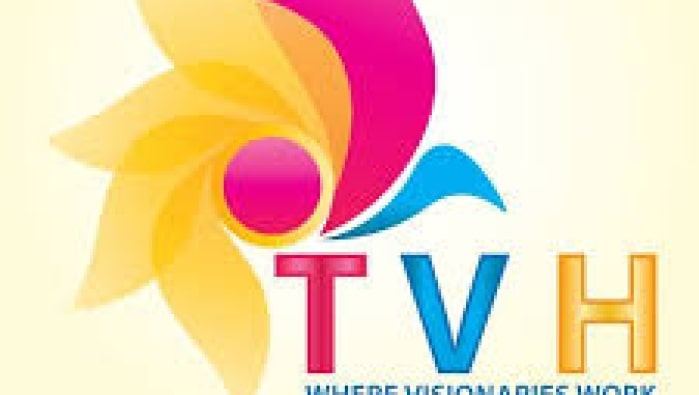

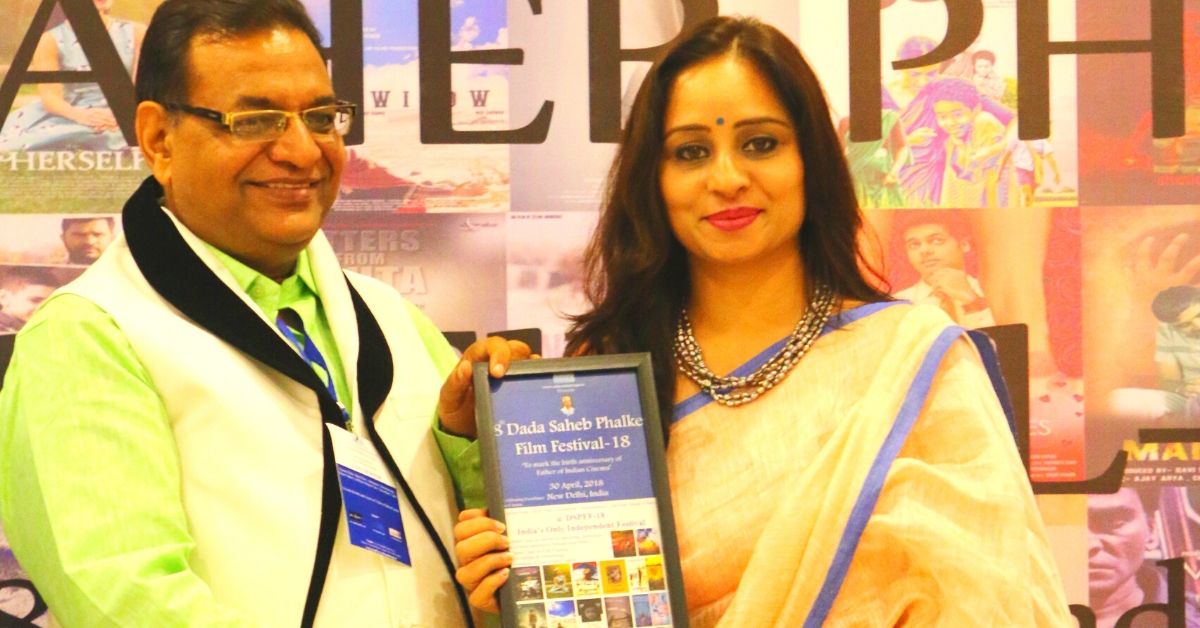


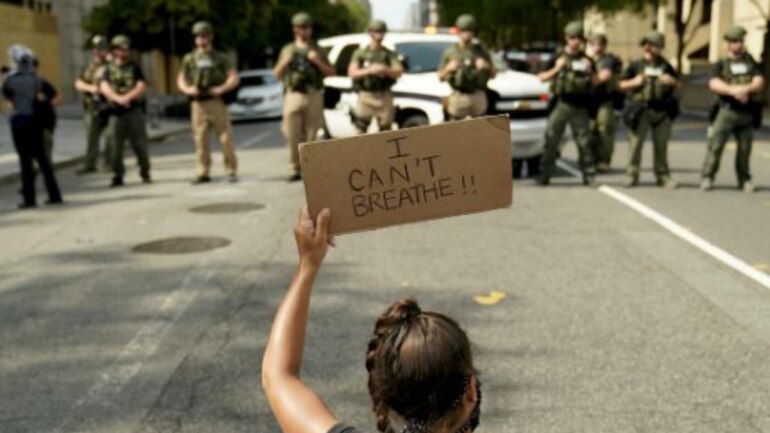
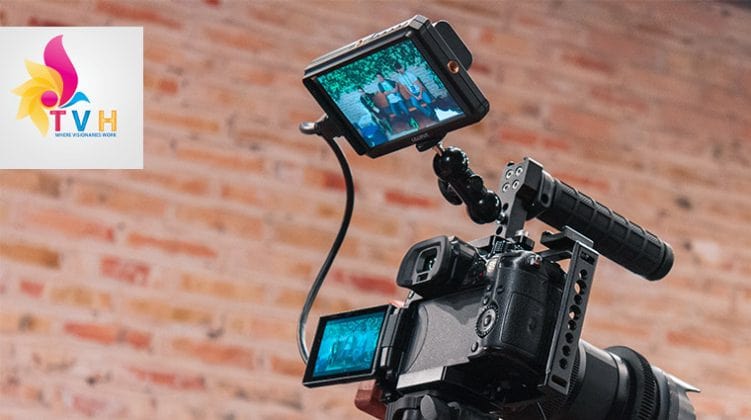
.jpg)
.jpg)
.jpg)
.jpg)
.jpg)
.jpg)
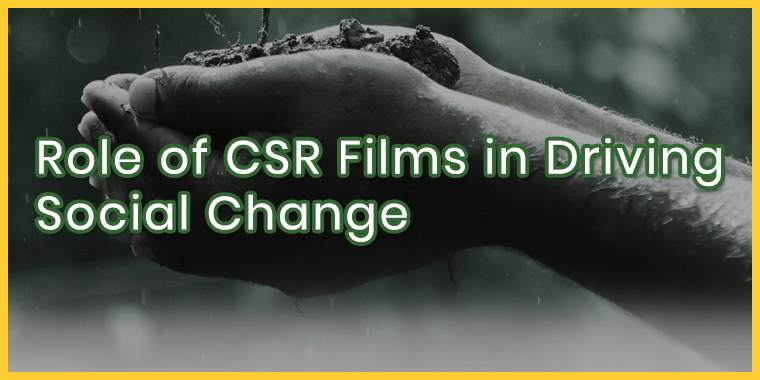
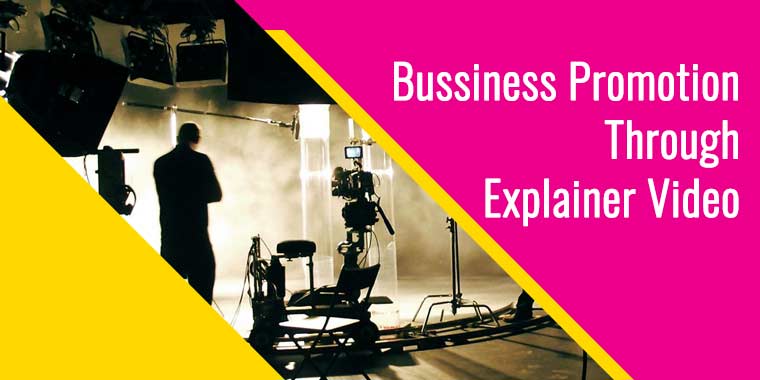
.jpg)
.jpg)
.jpg)
.jpg)
.jpg)
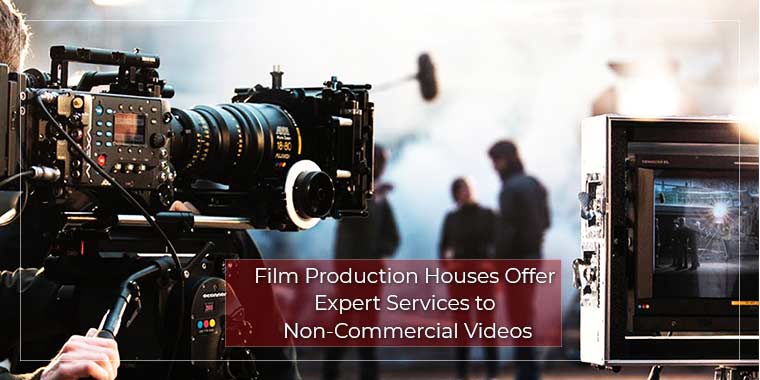
.jpg)
.jpg)
.jpg)
.jpg)
.jpg)
.jpg)
.jpg)
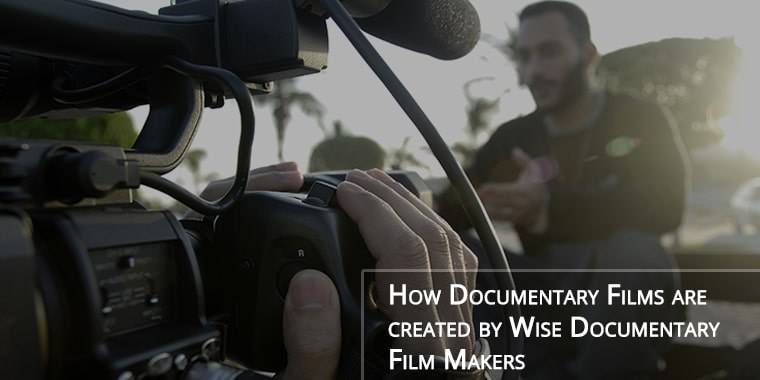

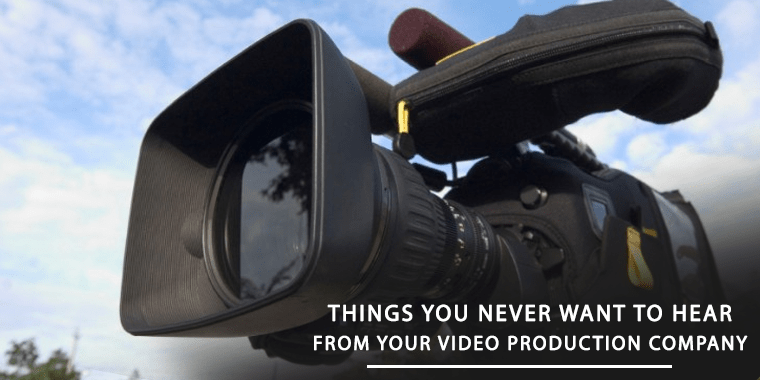
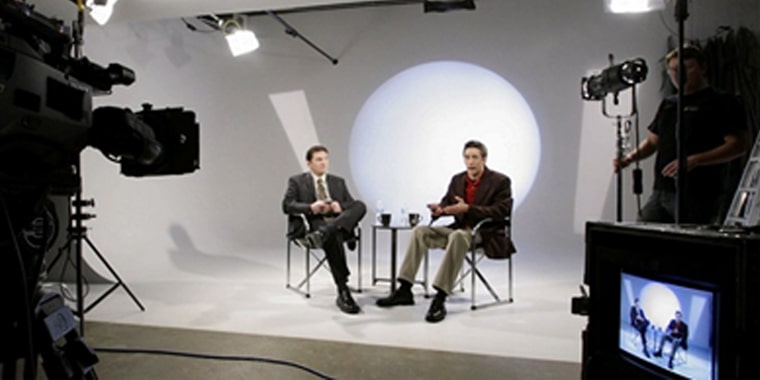
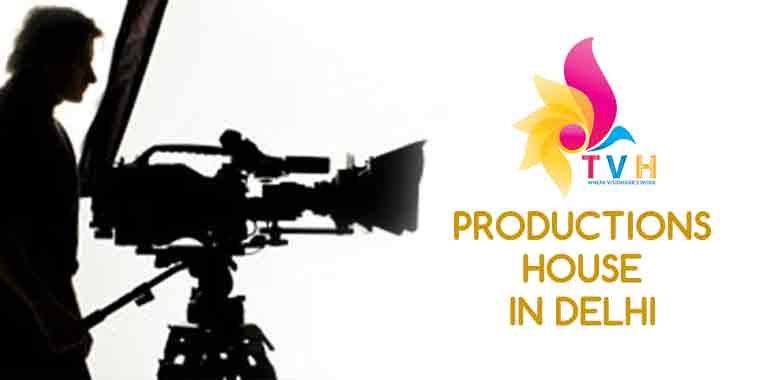
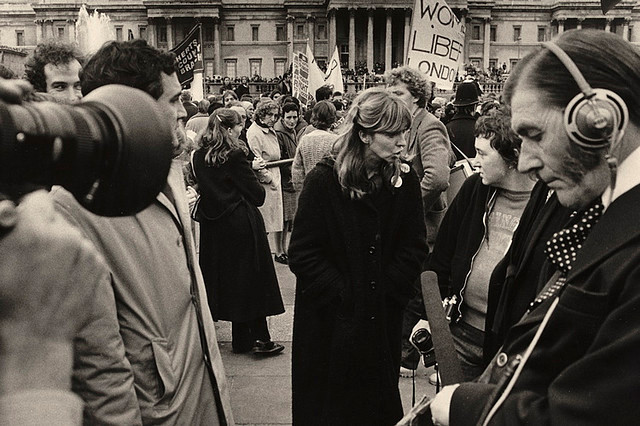
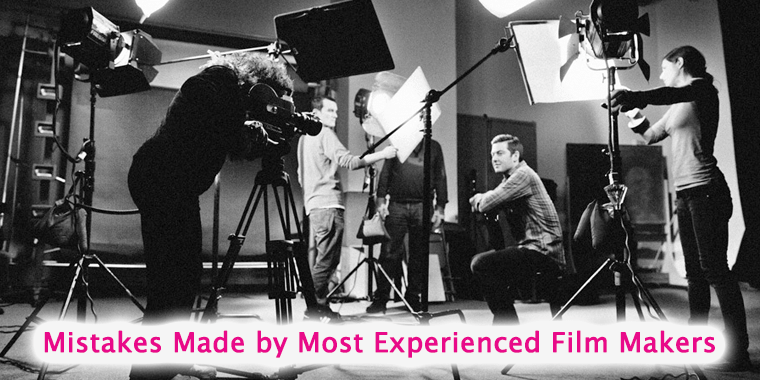
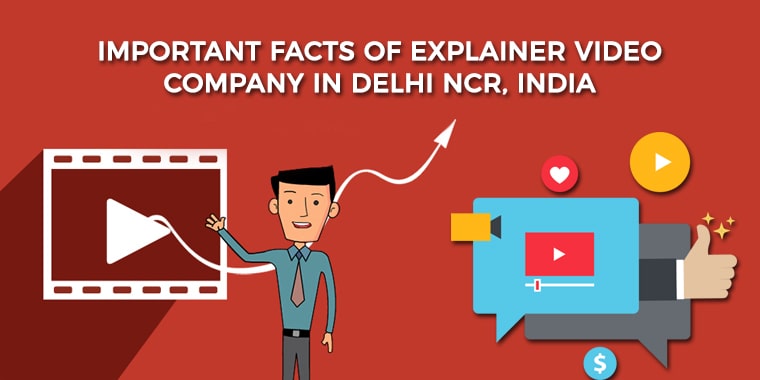
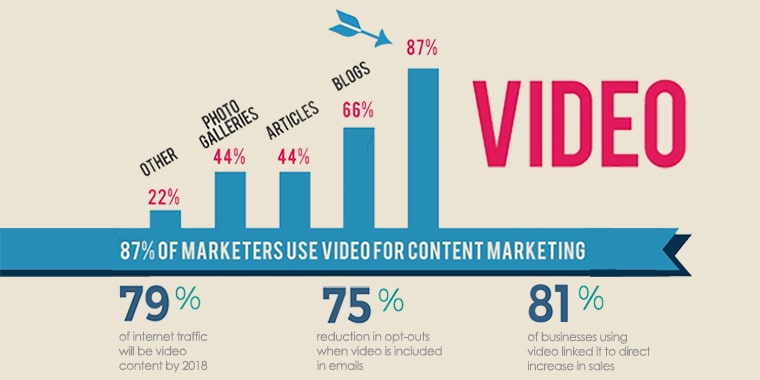
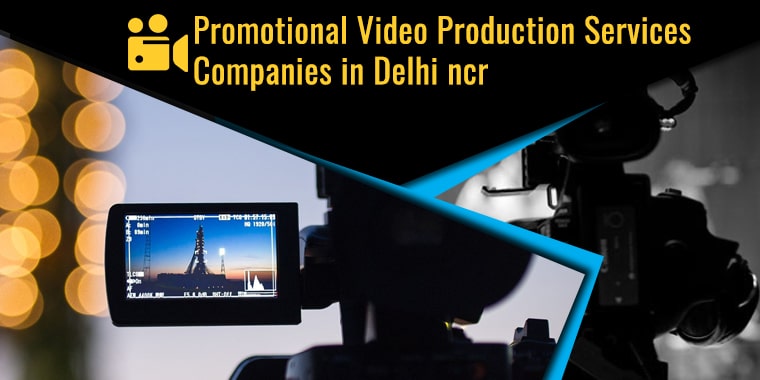




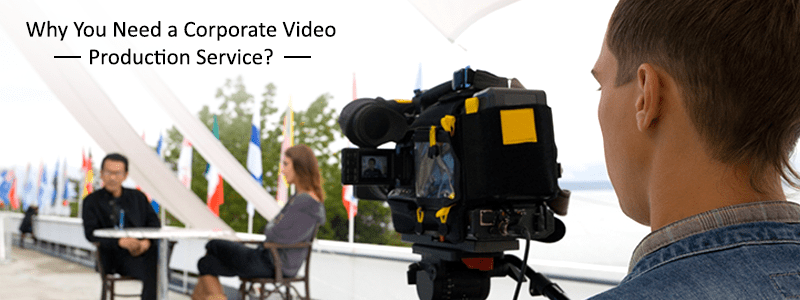
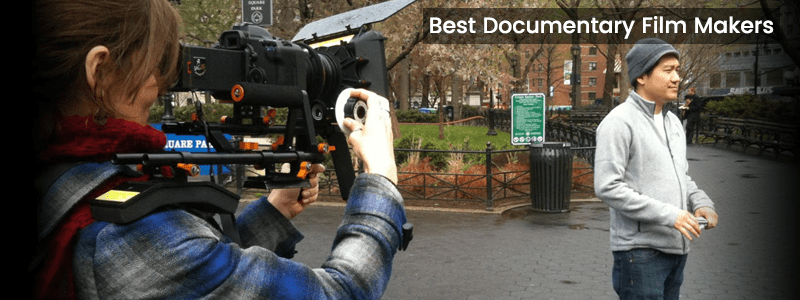
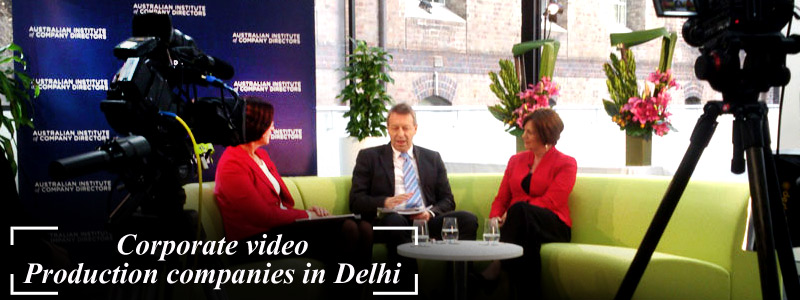
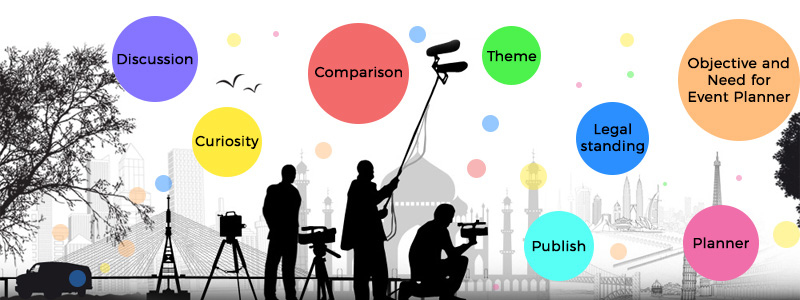


.jpg)
.jpg)
